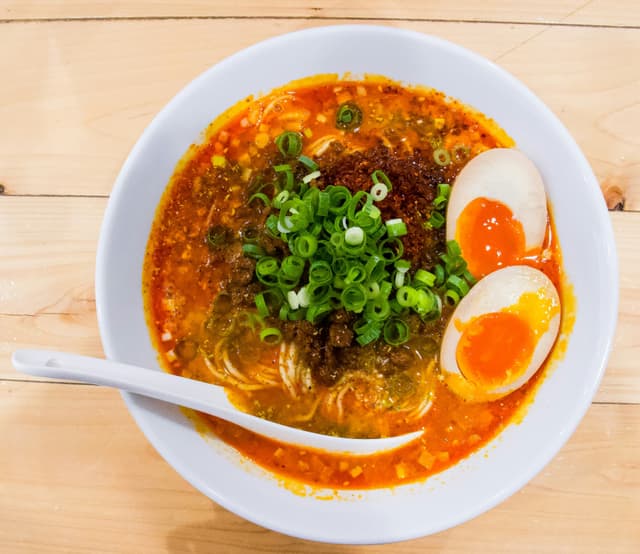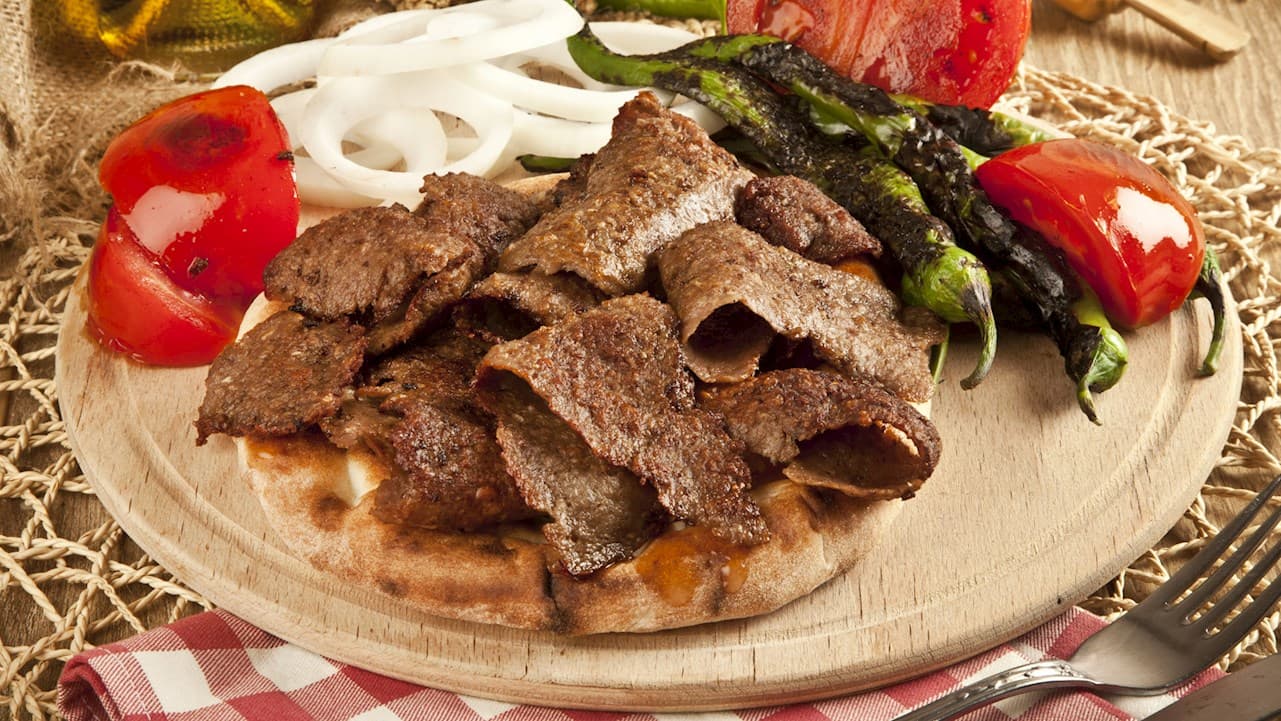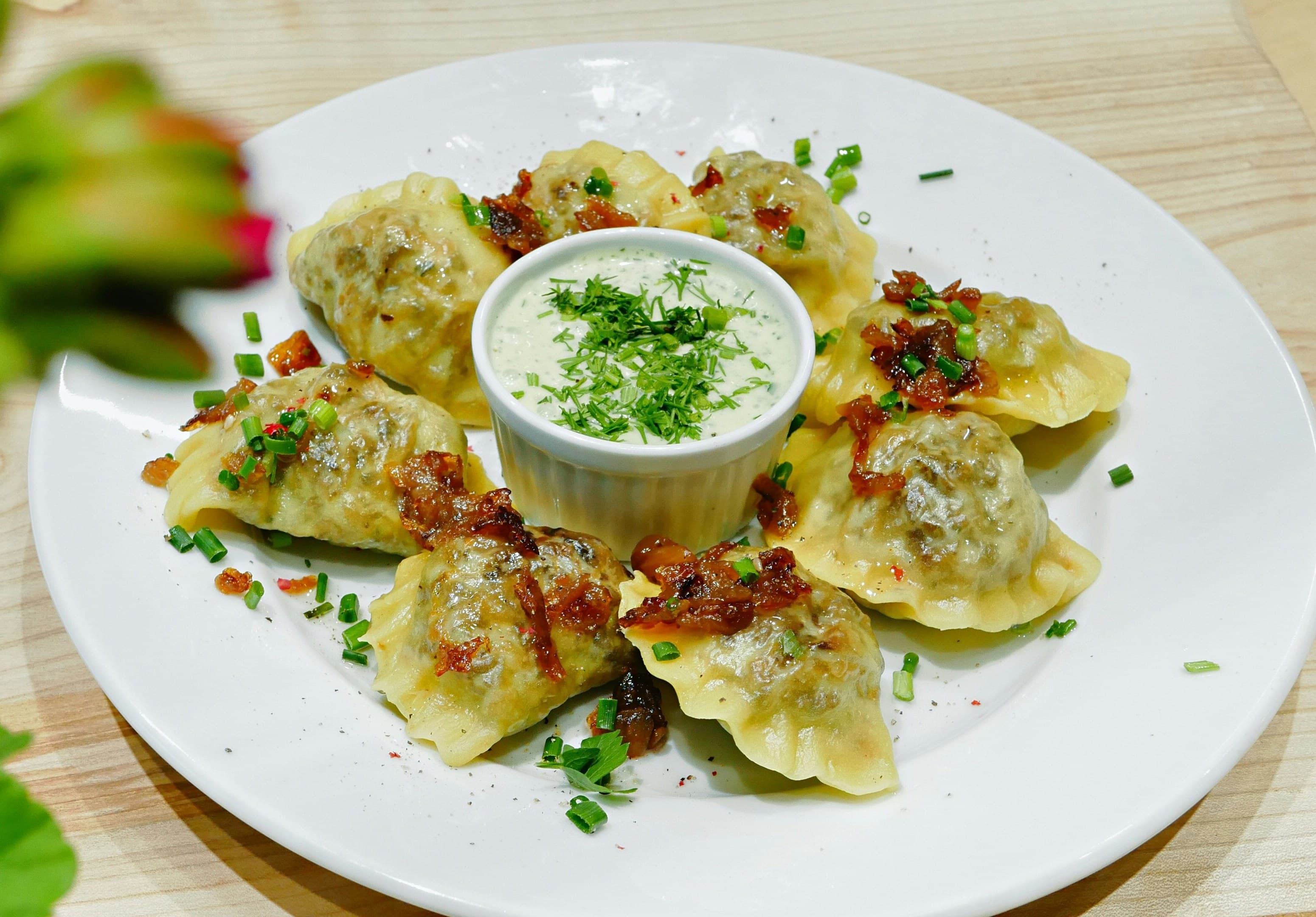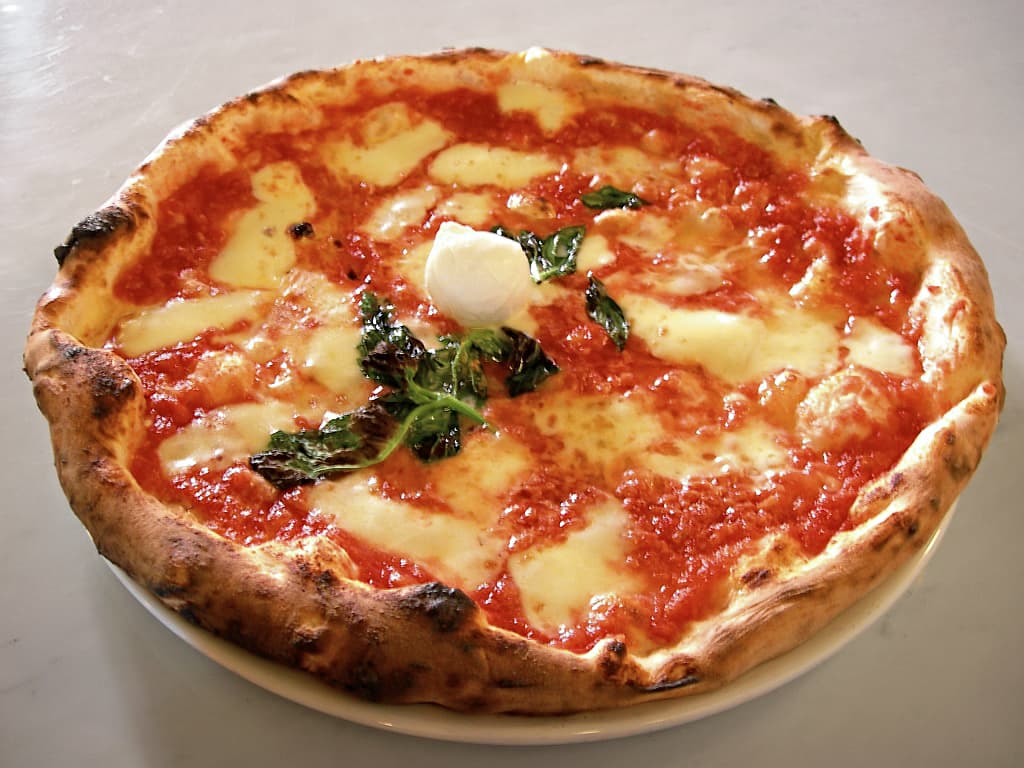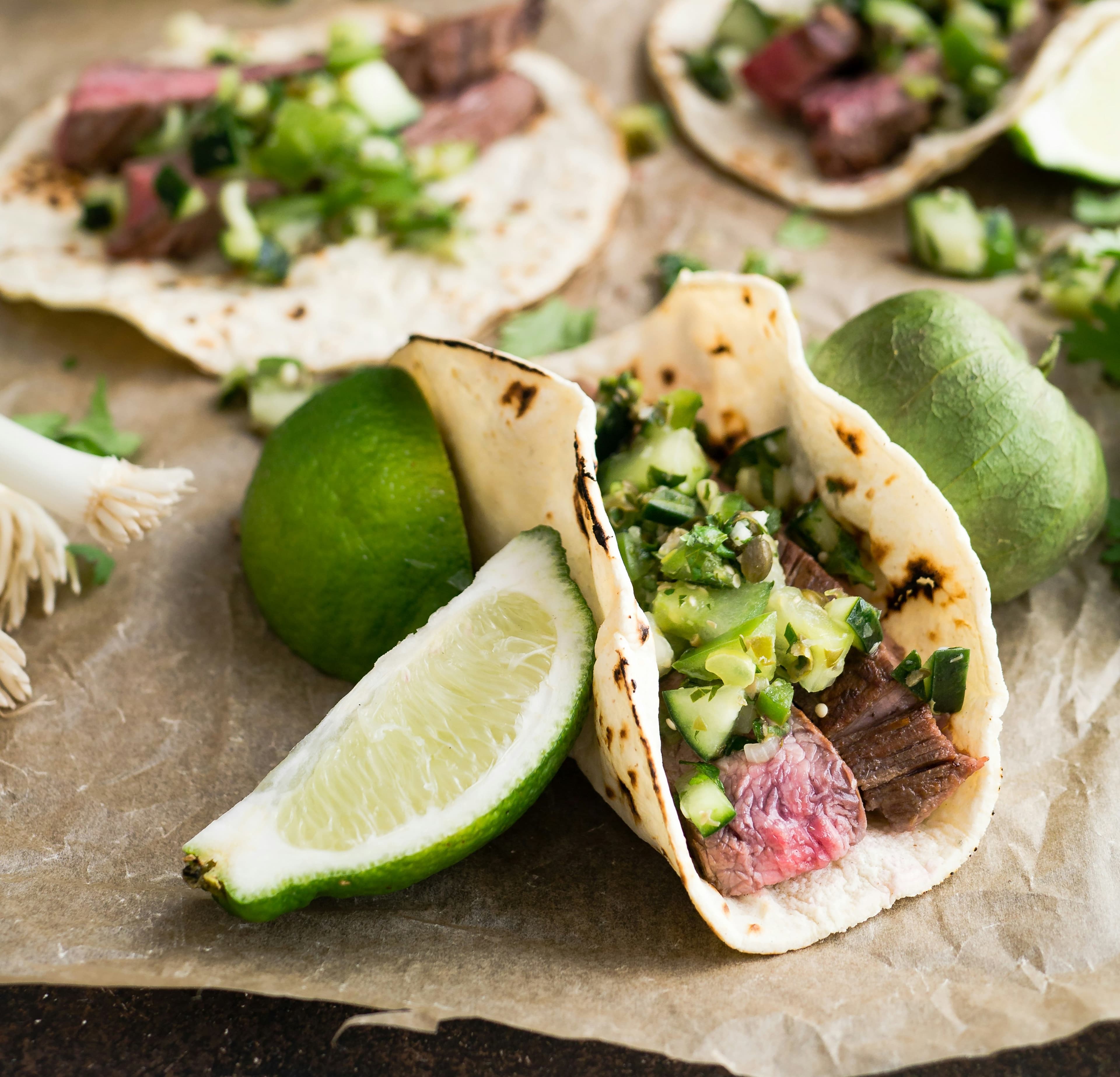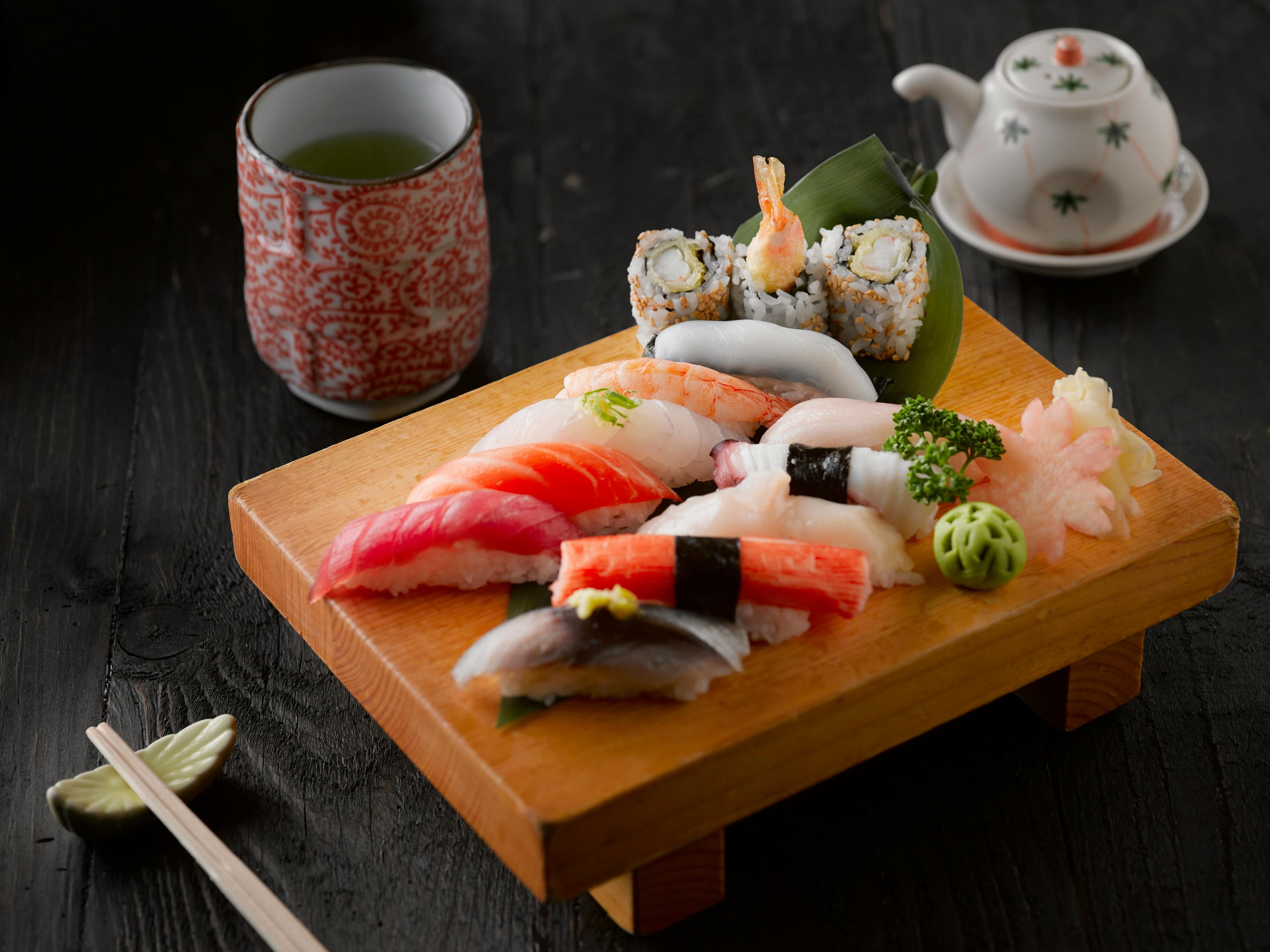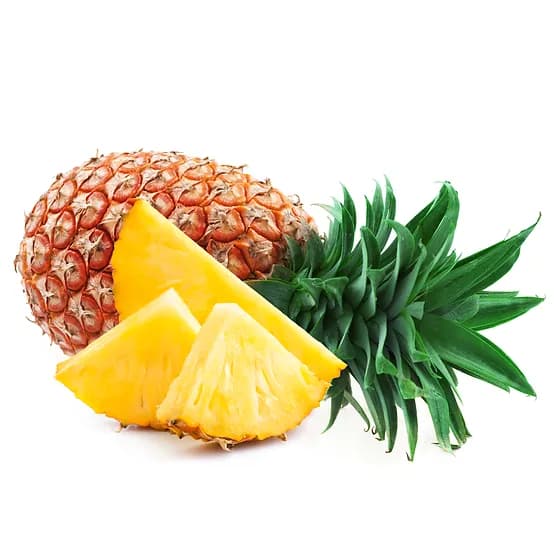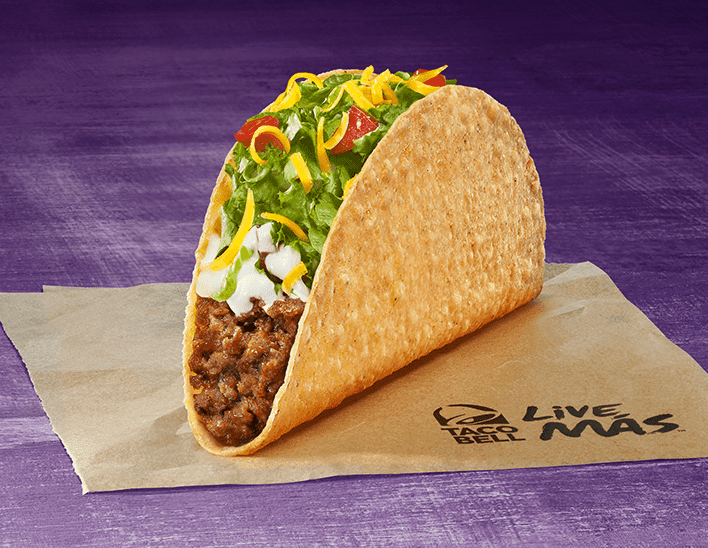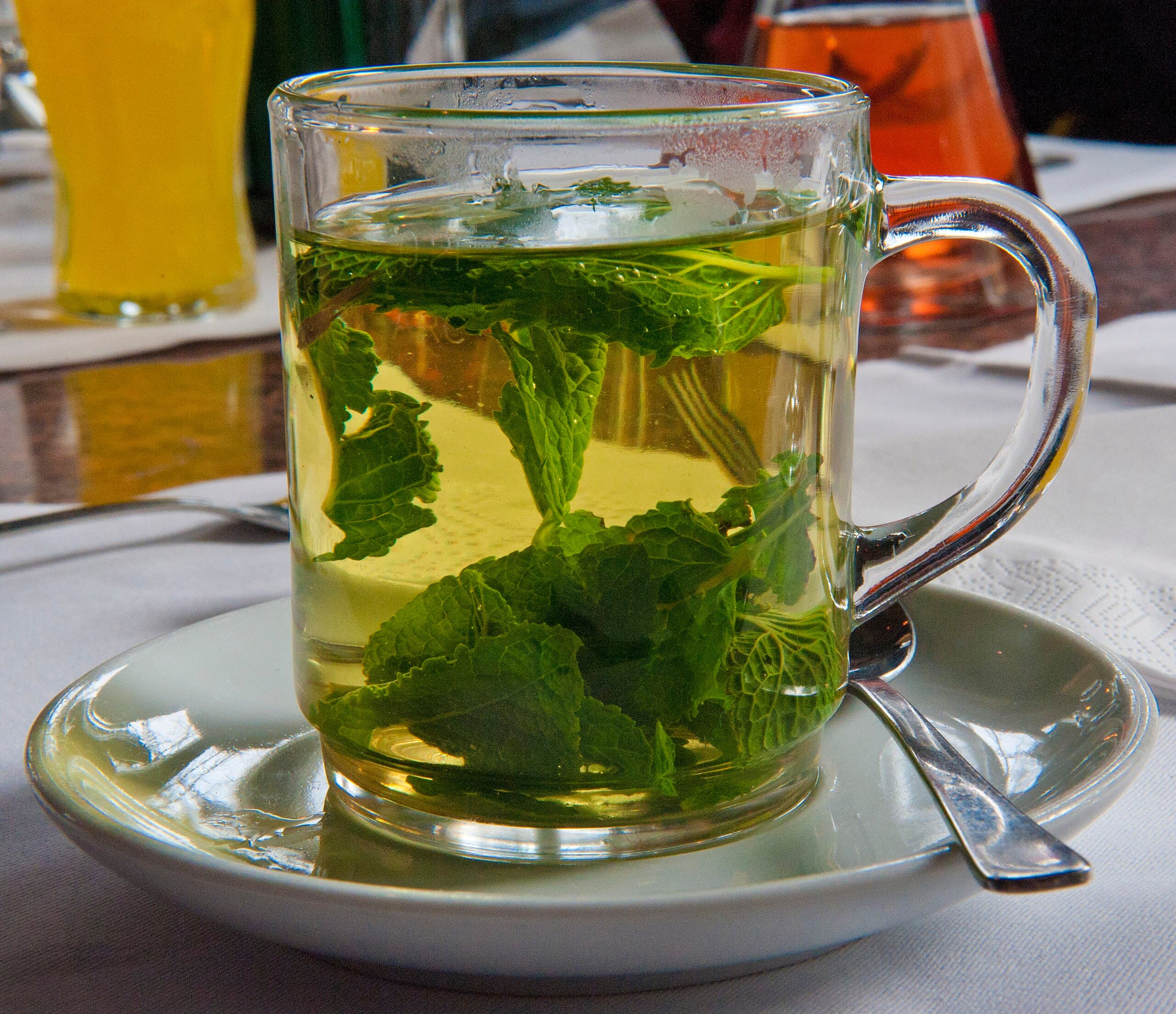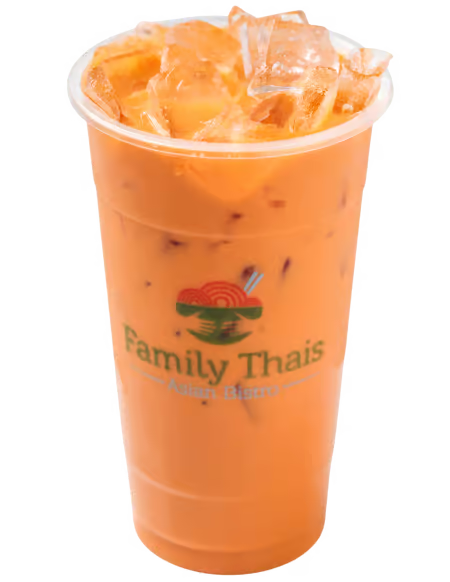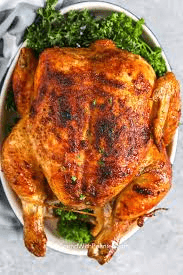Banana vs. Tantanmen
Banana
Behold, the atheists' nightmare. Now if you study a well-made banana, you'll find, on the far side, there are 3 ridges. On the close side, two ridges. If you get your hand ready to grip a banana, you'll find on the far side there are three grooves, on the close side, two grooves. The banana and the hand are perfectly made, one for the other. You'll find the maker of the banana, Almighty God, has made it with a non-slip surface. It has outward indicators of inward contents - green, too early - yellow, just right - black, too late. Now if you go to the top of the banana, you'll find, as with the soda can makers have placed a tab at the top, so God has placed a tab at the top. When you pull the tab, the contents don't squirt in your face. You'll find a wrapper which is biodegradable, has perforations. Notice how gracefully it sits over the human hand. Notice it has a point at the top for ease of entry. It's just the right shape for the human mouth. It's chewy, easy to digest and its even...
Tantanmen
Also know as Tan Tan Ramen. This is the best ramen, period. Rich, creamy, and spicy, topped with eggs and ground pork. It has a distinctive flavor thanks to the use of chili oil and doubanjiang, a type of spicy bean paste. It originated from similar Sichuanese dish called Dandan noodles.
Reviews
Reviews
| Item | Votes | Upvote |
|---|---|---|
| Definitive proof of Intelligent Design | 1 |
| Item | Votes | Upvote |
|---|---|---|
| Phallic | 1 |
| Item | Votes | Upvote |
|---|---|---|
| No pros yet, would you like to add one? | ||
| Item | Votes | Upvote |
|---|---|---|
| No cons yet, would you like to add one? | ||
Frequently Asked Questions
A banana is a convenient, portable snack that is easy to digest and provides quick energy, making it an excellent choice for a healthy snack. It also has the added benefit of being biodegradable and comes with natural indicators of ripeness. In contrast, Tantanmen is a rich and flavorful ramen dish that is more suitable for a meal rather than a snack. It is creamy and spicy, but it requires preparation and is not as portable as a banana. Therefore, if you're looking for a quick and healthy snack, a banana is the better option, while Tantanmen is ideal for a hearty meal.
A banana is highly versatile; it can be eaten raw, added to smoothies, baked into breads, or used in desserts. Its natural sweetness and texture make it suitable for various recipes. Tantanmen, while delicious, is primarily a specific ramen dish and does not have the same range of culinary applications. Therefore, in terms of versatility, a banana is the superior choice.
Tantanmen has significant cultural roots in Asian cuisine, particularly in Sichuan and Japanese culinary traditions, where it is celebrated for its unique flavors and preparation methods. Bananas, while popular worldwide, do not carry the same cultural significance in specific culinary traditions. Thus, Tantanmen holds more cultural importance in the context of traditional dishes.
Pros of bananas include being seen by some as definitive proof of Intelligent Design. Cons include the fact that some people find their shape phallic.
Bananas are unique because they have a non-slip surface, outward indicators of inward contents (green for too early, yellow for just right, and black for too late), and a biodegradable wrapper with perforations. They are also shaped to fit the human hand and mouth perfectly, making them easy to eat and digest.
The design argument for bananas suggests that their specific features, such as the ridges and grooves that fit perfectly into the human hand, the non-slip surface, and the color indicators for ripeness, are evidence of Intelligent Design by a creator.
Tantanmen, also known as Tan Tan Ramen, is a rich, creamy, and spicy ramen dish. It is topped with eggs and ground pork and has a distinctive flavor thanks to the use of chili oil and doubanjiang, a type of spicy bean paste. It originated from a similar Sichuanese dish called Dandan noodles.
The main ingredients in Tantanmen include ramen noodles, eggs, ground pork, chili oil, and doubanjiang (a type of spicy bean paste). These ingredients contribute to its rich, creamy, and spicy flavor.
Tantanmen originated from a similar Sichuanese dish called Dandan noodles. Over time, it has evolved into its current form, gaining popularity for its rich and spicy broth.
Tantanmen is distinctive due to its rich, creamy, and spicy broth, which is flavored with chili oil and doubanjiang (spicy bean paste). The combination of these ingredients creates a unique and flavorful ramen experience.

